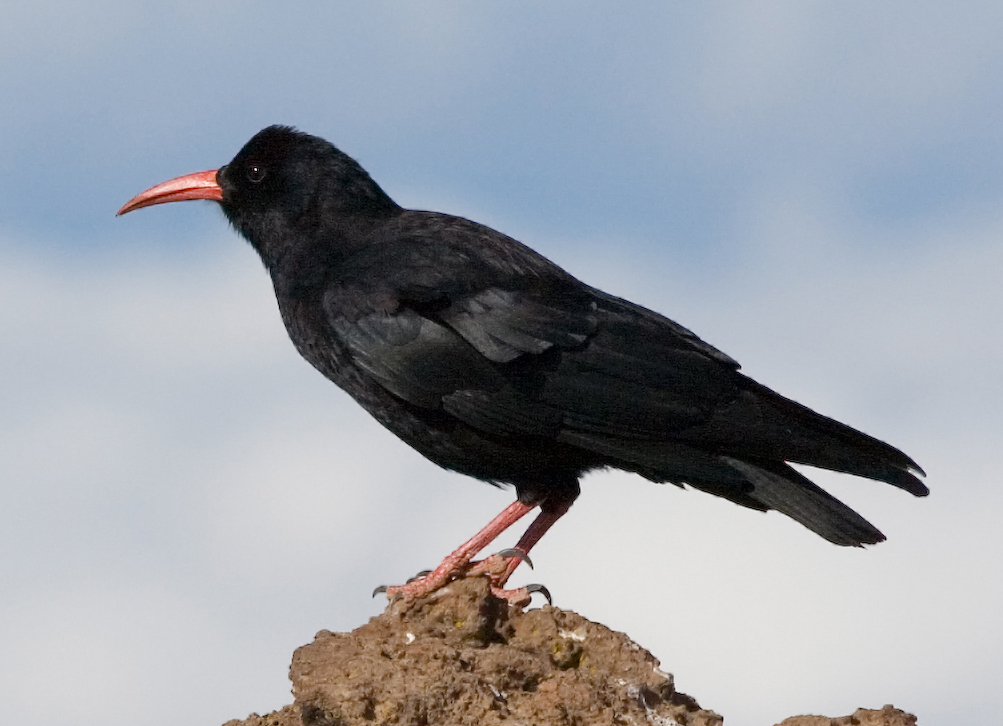 A red-billed Chough.
The chough is by far the least common member of the crow family (corvidae) in Britain and Ireland. The other members include the very common carrion crow, hooded crow, magpie, rook and jackdaw, as well as the furtive but widespread jay and a growing population of raven. By contrast the chough is found in only a few remote locations along the Atlantic coast, often far from human habitation. But, the story of the relationship between chough and people is more intimate than this might suggest and legend has it that when King Arthur was ‘killed’ he did not die but was transformed into a chough, the birds blood red beak and legs serving as a reminder of the act.
A red-billed Chough.
The chough is by far the least common member of the crow family (corvidae) in Britain and Ireland. The other members include the very common carrion crow, hooded crow, magpie, rook and jackdaw, as well as the furtive but widespread jay and a growing population of raven. By contrast the chough is found in only a few remote locations along the Atlantic coast, often far from human habitation. But, the story of the relationship between chough and people is more intimate than this might suggest and legend has it that when King Arthur was ‘killed’ he did not die but was transformed into a chough, the birds blood red beak and legs serving as a reminder of the act.
Consequently, the tale also states that bad luck follows anyone who kills a chough. It is impossible to know how old this tale really is as the legend of King Arthur is obscured by the little knowledge we have of the period usually referred to as the Dark Ages. If he had lived it is suggested it would have been around the late 6th and early 7th century CE. What is more certain is that his legend is strongly attached to the location of Tintagel on the Atlantic facing coast of north Cornwall where both Arthur and the chough have become icons of the county.
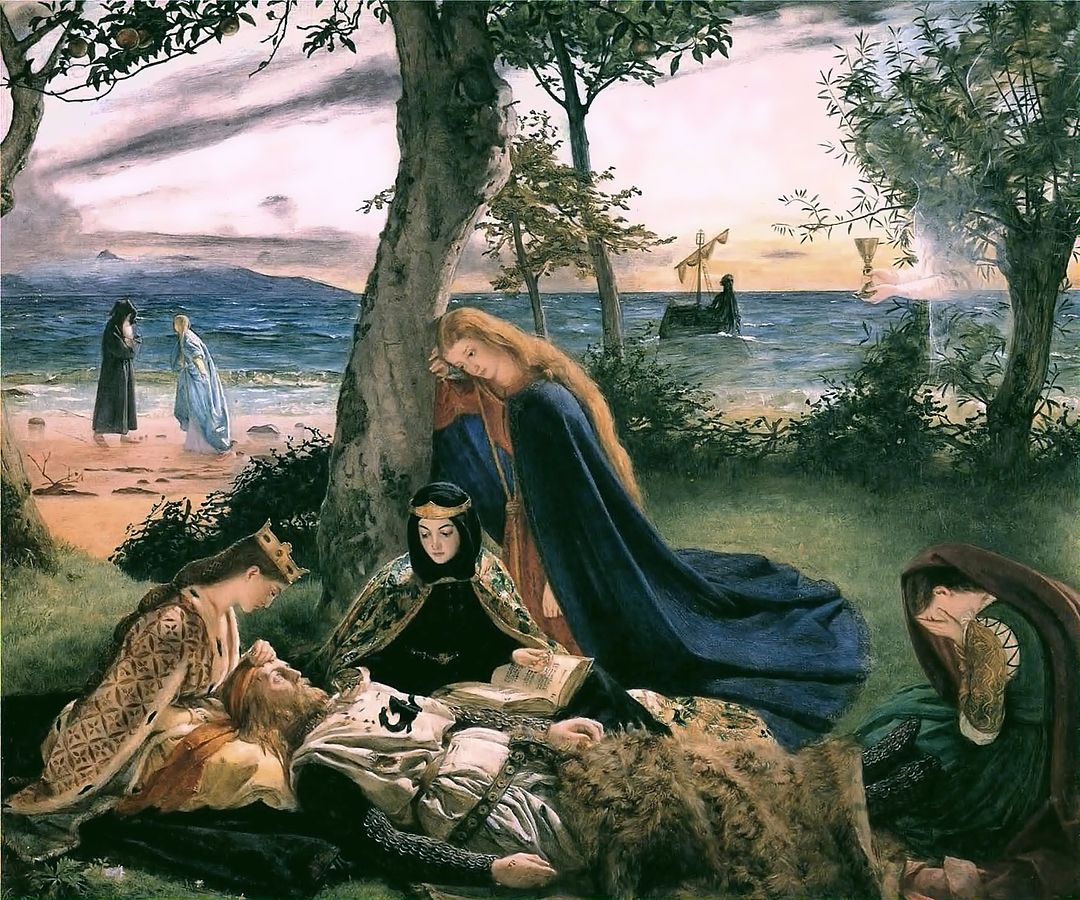 The Death of King Arthur by James Archer (1860).
The Death of King Arthur by James Archer (1860).
A Cornish icon
The image of the chough sits defiantly on top of the coat of arms of the county of Cornwall flanked by the images of a fisherman and a tin miner, all united by the motto ‘one and all’. These three elements of the coat of arms are designed to capture the essence of Cornwall; as a combined whole they are distinctively Cornish. Whilst the chough has certainly been closely linked to Cornwall for a number of centuries (in Welsh it is referred to as Brân Gernyw, ‘the crow of Cornwall’) it is only in relatively recent years that the chough has gained such prominence as a Cornish icon.
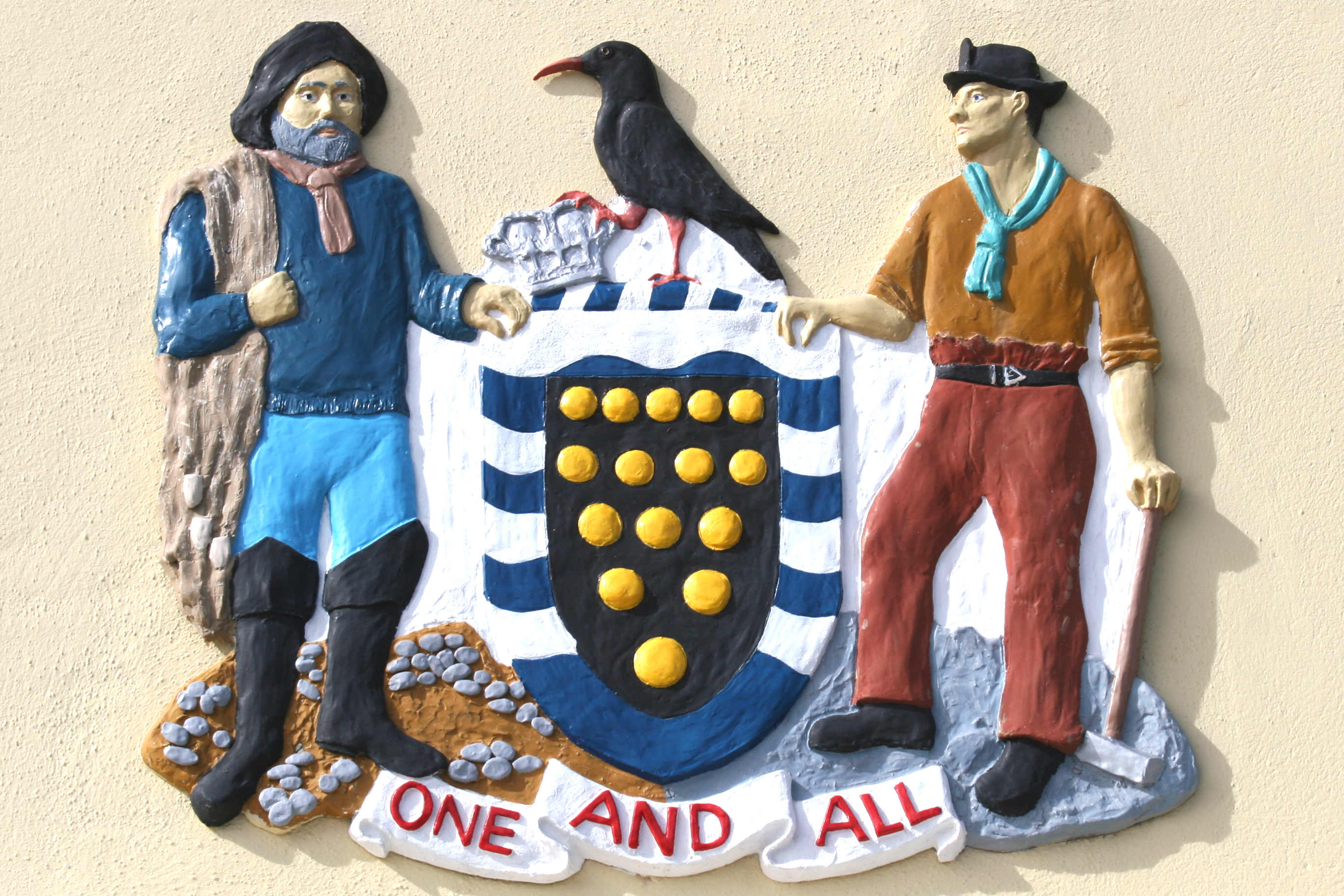 The Cornish coat of arms.
The Cornish coat of arms.
The coat of arms was only officially granted in April 1939 and the coat of arms for the Duchy of Cornwall, which is adorned with two of the birds, was granted more recently still in June 1968. So, what might the reason for this heightened fame be? The chough certainly seems to have been increasingly important in articulating the story of Cornwall and its people, but to make sense of this we need to know a little more about the history and geography of the chough.
It seems that the chough has always been a bird of the coasts but it is clear from 19th century records that it is far less widespread now than it was and its population fell dramatically during the second half of the 19th century. As Richard Rolfe wrote in 1966:
‘Examination of old records reveals many cases of trigger-happy gunmen securing large bags of choughs. There is no reason to doubt that the Chough has always been as confiding as it is now. This trait may have resulted in the shooting of relatively more choughs than of other corvids.’
Rolfe goes on to state that as the chough became rarer, so its eggs became more valuable to a lucrative collectors’ trade at the turn of the 20th century. Even with the start of more enlightened bird conservation from around the 1920s chough numbers continued to decline steadily and as they did so the bird shifted westwards. But this movement west was less about persecution and more about the changing nature of agricultural practices and the feeding habits of the chough.
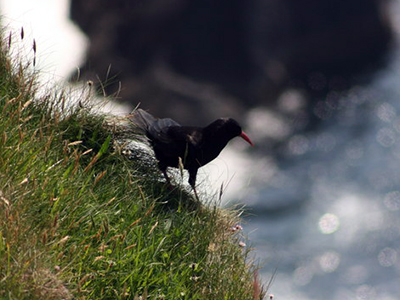 The chough feeds predominantly on a diet of ground dwelling invertebrates and its shallow probing method demands a combination of close-cropped turf and poor, shallow soil. Such conditions are facilitated by coastal wind and salinity, both of which also serve to stop the soil from freezing in the winter. But these conditions are also enabled by traditional practices of low-density grazing, an agricultural practice which was fast dying out by the middle of the 20th century and especially in the rapidly industrialising fields of eastern Britain. However, along the rocky and weather-beaten Atlantic coasts, areas of lower density grazing remained, providing rare but ideal habitat for chough to survive and breed in a few locations along the coasts of Western Scotland and Ireland as well as Wales and the Isle of Man.
The chough feeds predominantly on a diet of ground dwelling invertebrates and its shallow probing method demands a combination of close-cropped turf and poor, shallow soil. Such conditions are facilitated by coastal wind and salinity, both of which also serve to stop the soil from freezing in the winter. But these conditions are also enabled by traditional practices of low-density grazing, an agricultural practice which was fast dying out by the middle of the 20th century and especially in the rapidly industrialising fields of eastern Britain. However, along the rocky and weather-beaten Atlantic coasts, areas of lower density grazing remained, providing rare but ideal habitat for chough to survive and breed in a few locations along the coasts of Western Scotland and Ireland as well as Wales and the Isle of Man.
In Cornwall the chough did not fare so well however and the last pair bred in 1947, disappearing altogether by the early 1970s. It is possible therefore to trace the rise of the chough as a Cornish icon almost exactly with its demise as a resident species from the middle of the 20th century. As with so many animals, it seems its value to humans only became apparent as it faded from their view. The iconic value of the chough to Cornwall is not just in its Cornishness however. More significantly it is in the way it serves to connect Cornwall to other places and articulate the dynamic geographies of shared culture and ethnicity.
A bird that ‘speaks’ for a people
The campaign for Cornish independence is predicated largely on its identity as a modern Celtic nation. The term ‘Celtic’ is a relatively modern one and the idea of it speaking for a distinct group of people only emerged in the 19th century. But the idea of a Celtic identity is based on much older cultural and linguistic traditions and their distinction from those of the Anglo-Saxons.
The Anglo-Saxons were formed from various Germanic groups arriving in Britain from mainland Europe after the collapse of Roman rule and the relationship that developed from this cohabitation is commonly characterised as one of dominant Anglo-Saxons pushing the language and culture of marginalised ‘Celts’ westwards. This Celtic marginalisation clearly bears some comparison with that of the chough, but it is only when you consider a map of the chough’s distribution and a map of Celtic speaking areas that this becomes quite compelling.
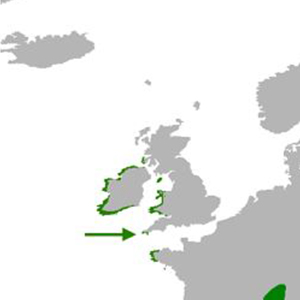 Distribution of chough.
Distribution of chough.
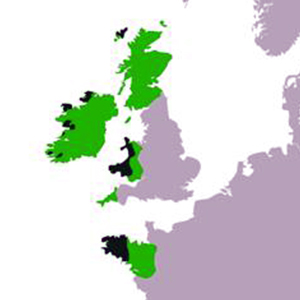 Celtic speaking areas.
Celtic speaking areas.
The map to the right shows the traditionally Celtic speaking areas in light green and the darker green areas as those locations where Celtic speaking persists to this day, signalling a clear push to the western edges. These ‘Celtic nations’ include Scotland, Ireland, Wales, Cornwall, The Isle of Man and Brittany in northern France and it is the Atlantic coasts of these same specific locations that the chough has continued to cling to. When, after an absence of over 50 years, a pair of chough believed to have come from either Irish or Breton populations, arrived and breed in Cornwall in 2002 they were seen to speak for a nation and confirm Cornwall’s place alongside its Celtic cousins. As Severin Carrell writing in The Independent at the time stated:
The discovery has delighted Cornish nationalists, who are campaigning for a devolved parliament. "This will be seen as a symbol of hope," said Dr Loveday Jenkin of the nationalist party Mebyon Kernow. "The re-emergence of the chough is a symbol of the re-emergence of the Cornish nation."
It is hard to think of a stronger claim for the chough’s significance in capturing and articulating this particularly human story of language, culture and identity and the histories and geographies that bind them together. It is a tale of a marginalised population clinging, both literally and metaphorically, to the edge of a continent and how strength is gained from small but defiant communities connecting people, and chough, and places together.
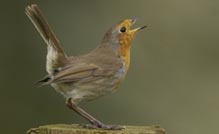
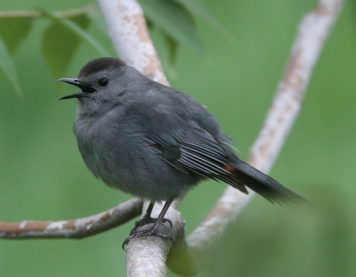
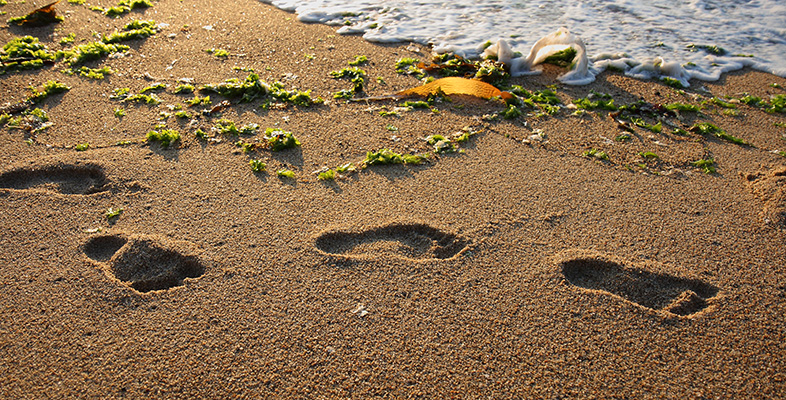

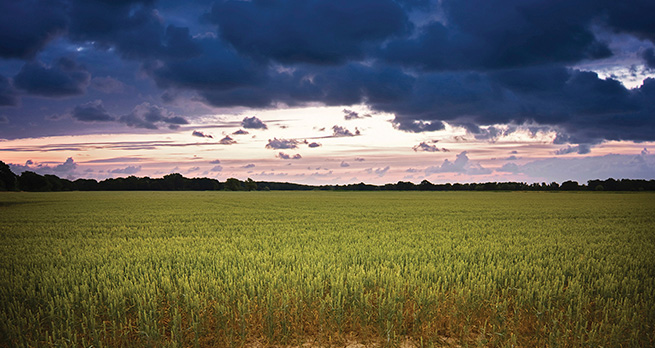
Rate and Review
Rate this article
Review this article
Log into OpenLearn to leave reviews and join in the conversation.
Article reviews